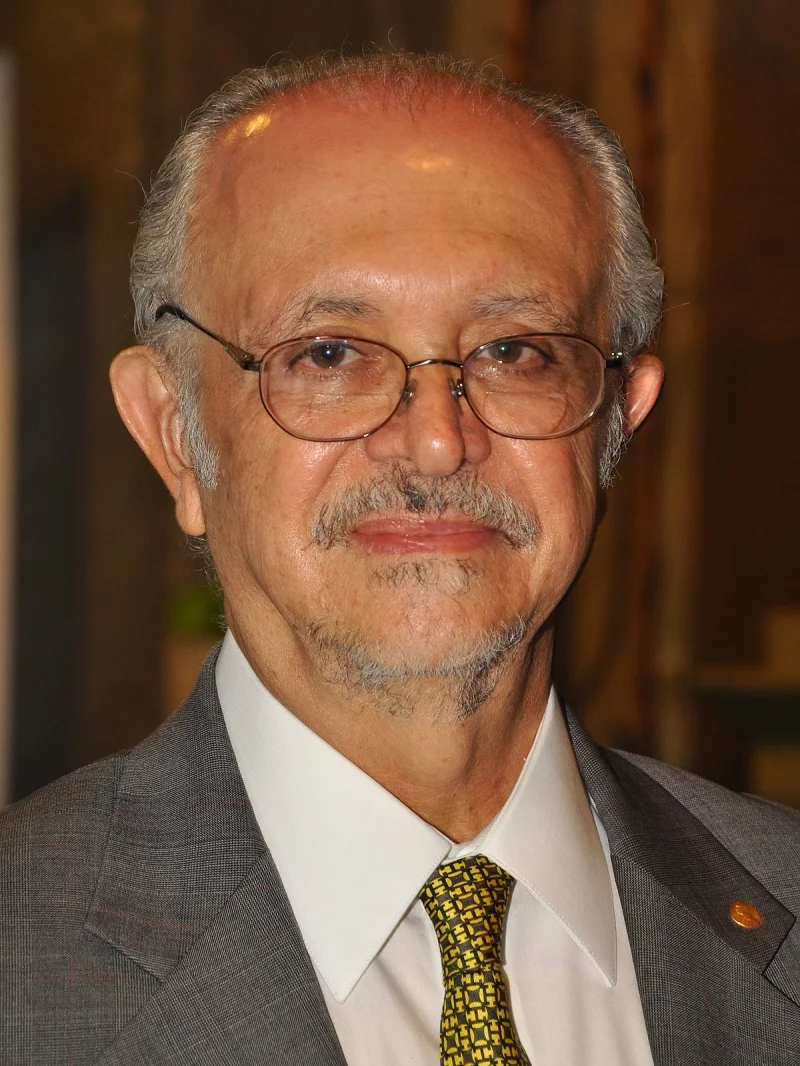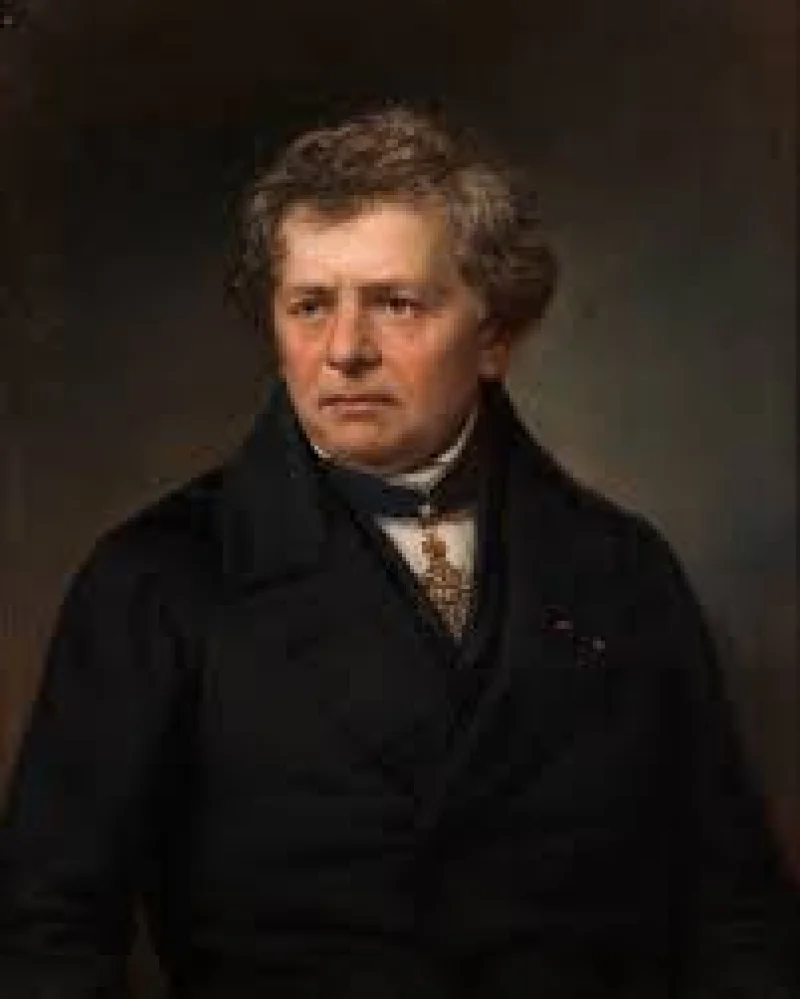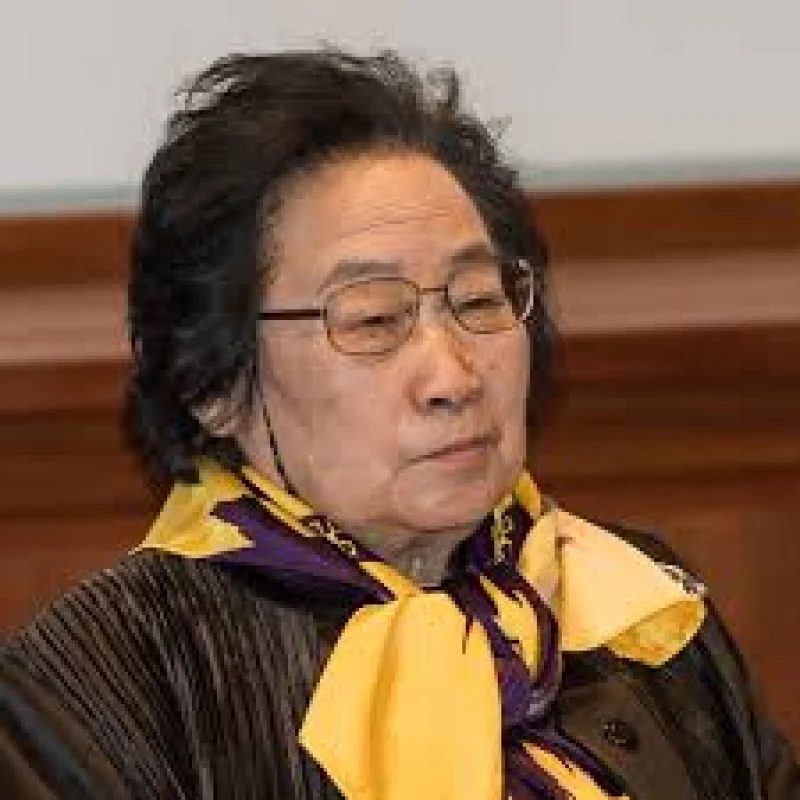Short Summary
Mario Molina was a renowned Mexican chemist known for his pivotal role in discovering the threat posed by chlorofluorocarbons (CFCs) to the Earth's ozone layer. His groundbreaking research in atmospheric chemistry earned him the Nobel Prize in Chemistry in 1995, making him one of the first Mexicans to receive this prestigious award. Molina's work not only led to global policy changes but also highlighted the importance of scientific research in addressing environmental issues.
Early Life & Education
Mario Molina was born on March 19, 1943, in Mexico City, Mexico, into a family that valued education and intellectual curiosity. His father was a lawyer and diplomat, while his mother was a homemaker. From an early age, Molina showed a keen interest in science, often converting a bathroom in his home into a makeshift laboratory. He attended the National Autonomous University of Mexico (UNAM) where he studied chemical engineering before moving to Germany to further his education. Molina later earned a Ph.D. in physical chemistry from the University of California, Berkeley, in 1972.
Career Highlights
Molina's career was marked by significant contributions to atmospheric chemistry. In 1974, while working at the University of California, Irvine, alongside Frank Sherwood Rowland, he co-authored a paper that demonstrated how CFCs were depleting the ozone layer. This discovery led to increased awareness and research into the environmental impact of human activities. Molina's work was instrumental in the development of the Montreal Protocol in 1987, an international treaty designed to phase out the production of numerous substances responsible for ozone depletion. Throughout his career, he held academic and advisory roles at several prestigious institutions, including MIT and the University of California, San Diego.
Major Achievements
- Nobel Prize in Chemistry (1995) - Awarded for his research on the threat to the ozone layer posed by CFCs.
- Montreal Protocol (1987) - His research influenced this international treaty aimed at protecting the ozone layer.
- Presidential Medal of Freedom (2013) - Received the highest civilian award in the United States for his contributions to environmental science.
Famous Quotes
- "It is important for society to understand that the scientific method is a way of thinking."
- "The future of the planet depends on our ability to take action."
Interesting Facts
- Molina was one of the first scientists to highlight the effects of human activity on the ozone layer.
- He became a member of the Pontifical Academy of Sciences in 2000.
- He was actively involved in climate change advocacy until his passing in 2020.
Legacy / Influence
Mario Molina's work significantly impacted environmental policy and raised public awareness about the importance of protecting the ozone layer. His research laid the foundation for global cooperation in addressing environmental challenges and served as a catalyst for future studies on climate change. Molina's legacy continues to inspire scientists and policymakers to prioritize sustainable practices and environmental conservation.
FAQ
Q: Why is Mario Molina famous?
A: He is famous for his research on the impact of CFCs on the ozone layer, which led to the Nobel Prize in Chemistry.
Q: What did Molina's research lead to?
A: His research contributed to the development of the Montreal Protocol, a key environmental treaty.
Q: What award did he receive in 2013?
A: He received the Presidential Medal of Freedom for his contributions to science and environmental policy.










